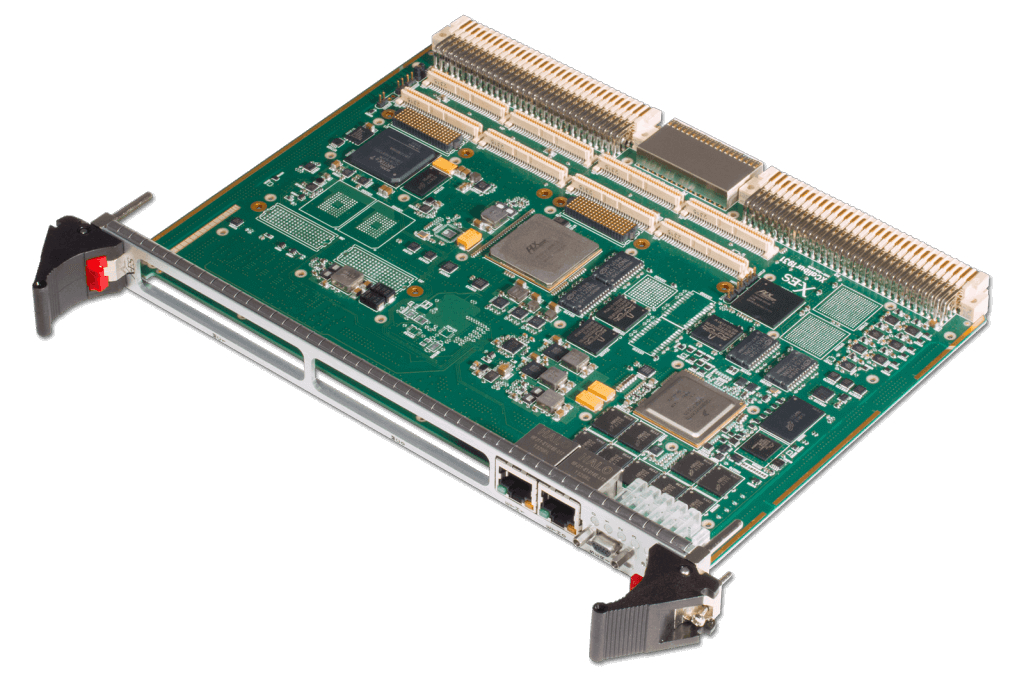NXP Hypervisor Software from X-ES for Secure, Lightweight Partitioning & Isolation
Middleton, WI — Monday, March 21st, 2016
Extreme Engineering Solutions (X-ES) is announcing that we now provide a modified, lightweight version of the NXP hypervisor that supports partitioning and isolation for X-ES’ NXP QorIQ single board computers and processor mezzanine modules. The NXP (formerly Freescale) hypervisor is a special low-level software program that facilitates secure partitioning. It acts as a partition’s resource and security manager, presenting a virtual machine to the operating system running in each partition.
The hypervisor may manage multiple virtual machines and partitions, from a single thread on a core to multiple threads and multiple cores. X-ES provides a modified, lightweight version of the NXP hypervisor that supports partitioning and isolation.
